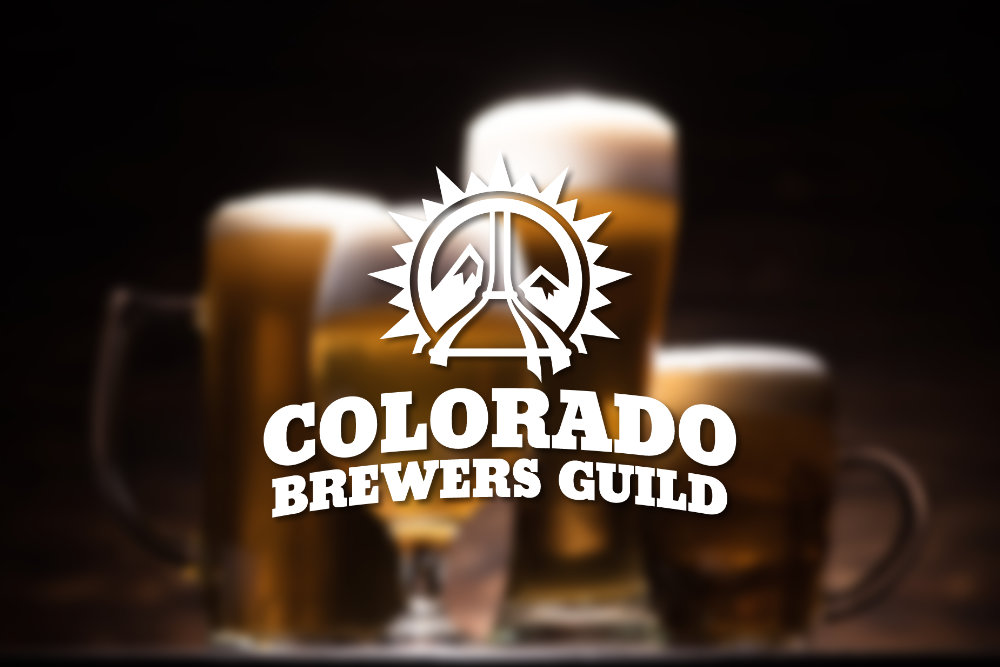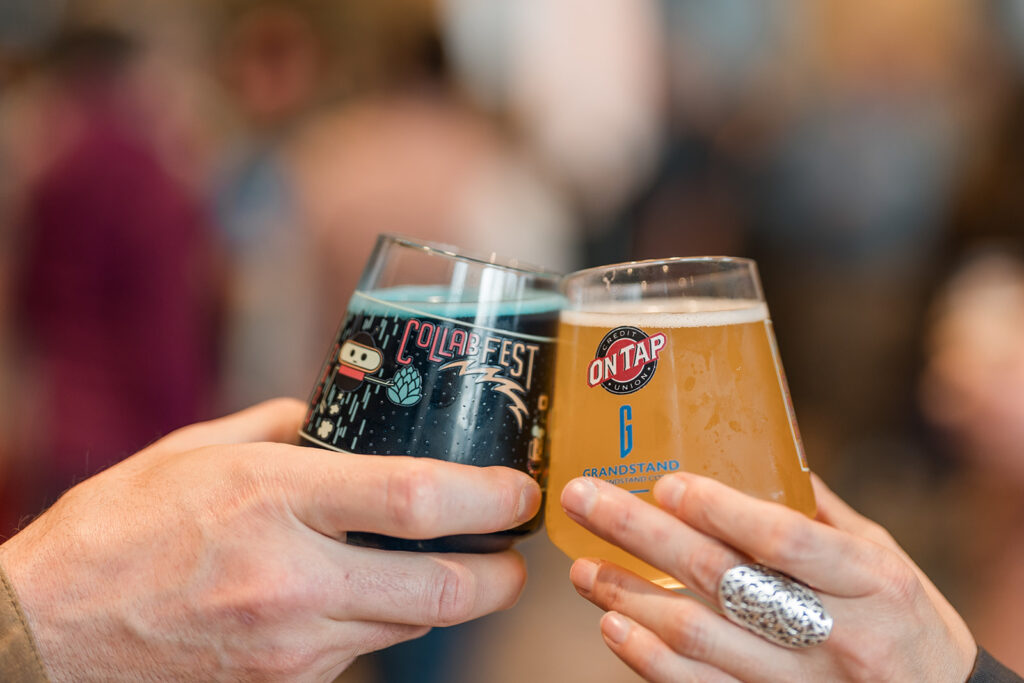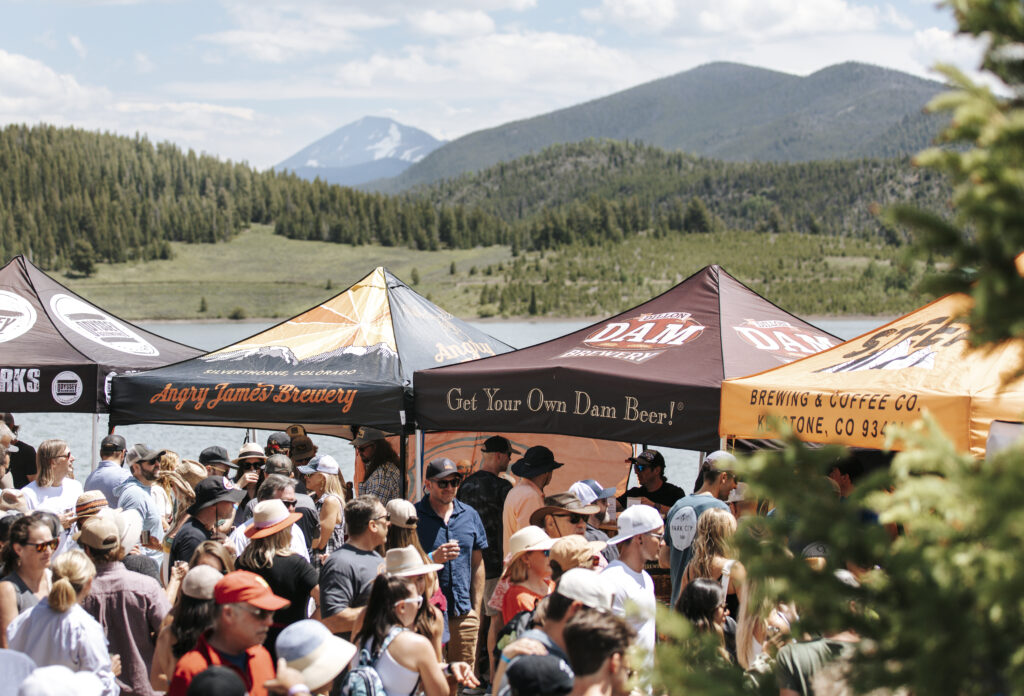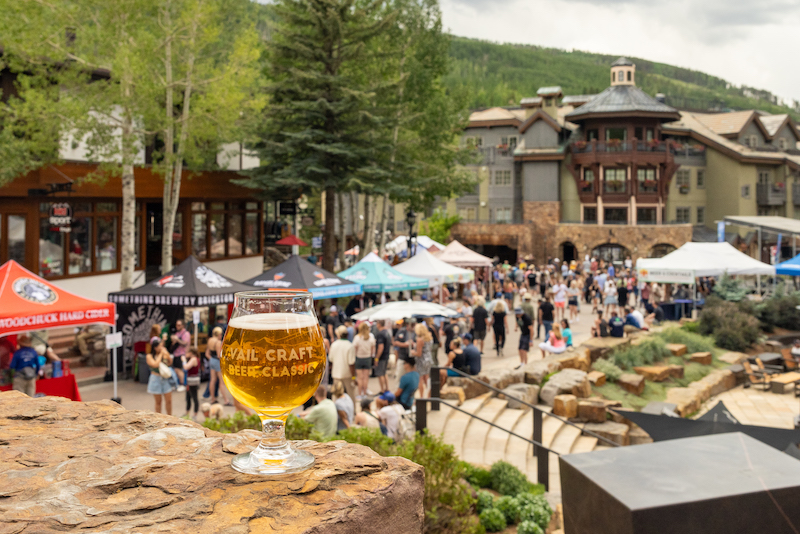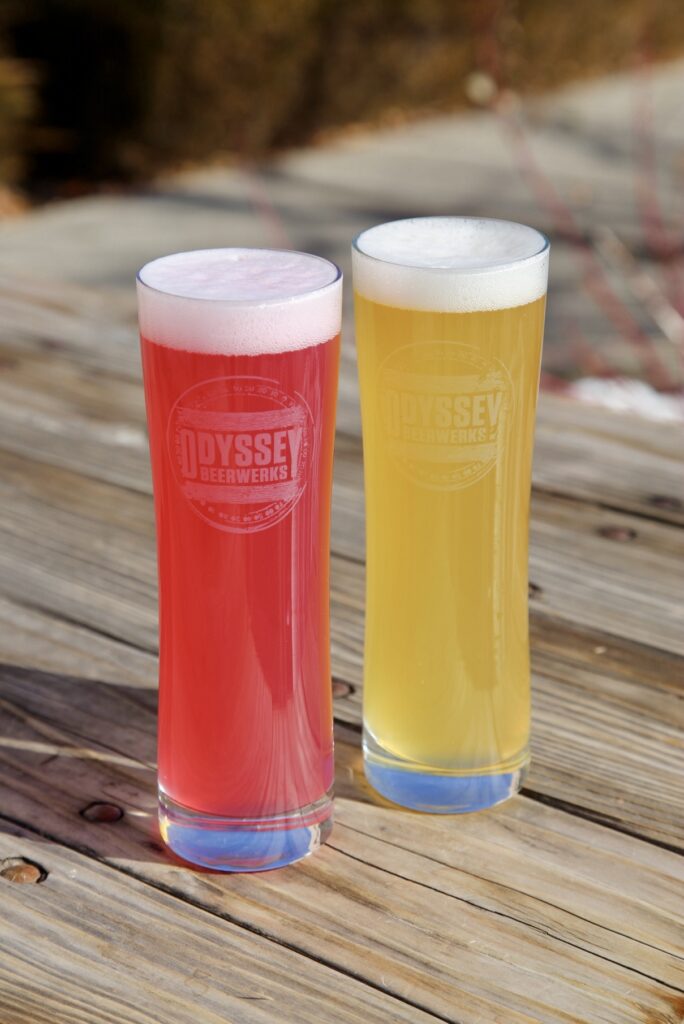The Occupational Safety & Health Administration (OSHA) requires employers to take measures in their workplaces to prevent employees from falling off walking/working surfaces or into floorholes. In the brewing industry, when an employee is on a walking-working surface with an unprotected side or edge that is 4 feet or more above a lower level, protection from falling is required.
Railings on Stairs, Ladders, and Elevated Platforms
There are numerous reported injuries in the brewing industry and allied fields which have involved a fall from a height. For the most part these could have been avoided with proper railings. A standard guardrail system – consists of a top rail 39 to 45 inches high and a midrail between toprail and toeboard. A toeboard is 3.5 inches from the working level.
Stairways and fixed ladders are required to have adequate railings.
Usually this means a railing with two parallel bars, one at hand height and one lower, the latter to prohibit one from falling under the railing. Elevated platforms are common in breweries, and these too require railings.
Closures on Open Vessels
Open vessels, such as kettles, whirlpools, and grants, need to have adequate closures on them to prevent elevated workers from falling into the vessel. Brewhouses can be engineering to make it difficult for the brewer to be directly above the tank, but many are designed without this consideration.
Platforms
Platforms need to be sturdy, rigid, and should possess good footing. Typically footing is enhanced with ‘diamond plate’ or ‘expanded steel.’ Both of these feature raised portions of a steel floor which provides tread and improves the drainage of liquids that may collect. Railings, discussed above, are also essential. Clutter stacked on platforms is a common housekeeping problem that may exacerbate the chances of an injury.
Fixed Industrial Stairs
Breweries are most commonly multilevel systems. This may be to conserve space or reduce transfer distances of grain or fluids. Consequently, most breweries have stairs that allow access to the
other levels. These fixed industrial stairs, however, are often very steep and essentially constitute fixed ladders. The treads of these stairs can be slippery when wet, and often, there may be protruding components that can create a risk of head or hand injuries. In settings like this, handrails and suitable treads are required for safe passage on fixed industrial stairs.
When we are on top of brite tanks, fermentation tanks, or any other vessel or area 4 feet above a lower level and not protected by a guardrail system, a fall-arrest system will be required.
A fall-arrest system consists of a full body harness and an anchorage point and a connector. It must be rigged in such a way that an employee cannot free fall more than 6 feet. The anchor must withstand a load of 5,000 pounds.
- Please note that using a full body harness and a 6 foot shock absorbing lanyard will require approximately 18 feet of fall clearance!! A self retractable lifeline (SRL) is a better solution in most instances.

A restraint device – a system that is rigged to allow workers to move only as far as the sides of the work area and prevents the wearer from reaching a fall hazard.
Also, a floorhole is an opening that is 2 inches or greater in its least dimension. Guard every floorhole into which a worker can accidentally walk by use of a guardrail system or a floor hole cover.
Mike Clark, CSP, ARM, CRIS, SMS
Vice President – Risk Management Services
Olson & Olson Insurance Ltd.
